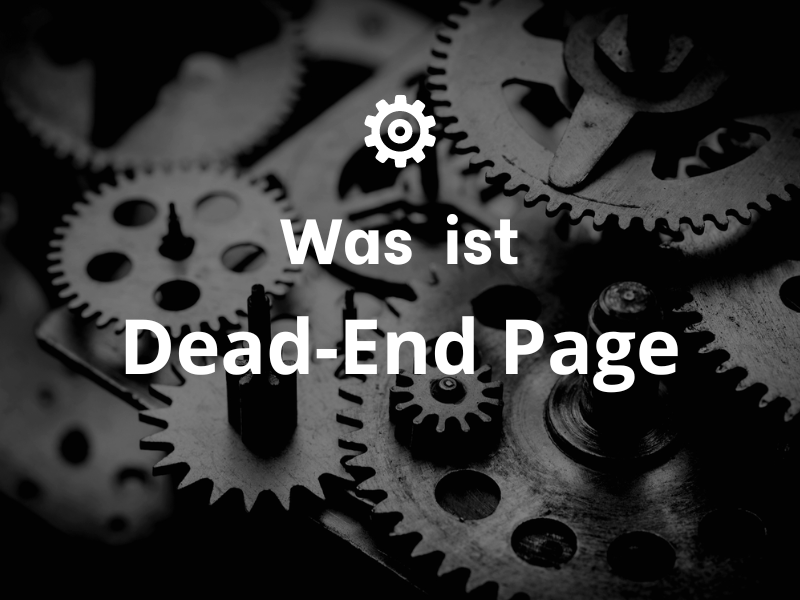Definition
A dead-end page (LET), also known as an endpoint or endstation page, is a web page that contains no links to other pages. These pages are typically used as part of a larger website system to provide users with an end to a particular navigation.
Advantages
Dead-end pages can provide users with clear and consistent navigation to a specific piece of content without cluttering them with additional links to other pages. They are also easy to create, using simple HTML pages with little effort.
Disadvantages
If a dead-end page leads to many different pages, users may have difficulty finding and navigating the page. In such cases, it can be helpful to add links to other related pages.
Use cases
Dead-end pages can be used in a variety of scenarios. For example, they can often be used on websites for sales or on websites with specific information to allow users to access content that is not accessible through other pages in the website.
Example 1
A E-commerce-Website can use a dead-end page to direct customers to a page that contains all available products. This allows the customer to quickly navigate to the desired products.
Example 2
A news portal can use a dead-end page to direct users to a page that covers a specific event or topic. This allows users to quickly access information about a specific topic.
Conclusion
Dead-end pages are a useful tool for providing users with clear navigation to specific content. However, they can also cause confusion if too many different pages are displayed on the same page. Although they offer significant benefits, users should use them deliberately according to their requirements.
« Back to Glossary Index


